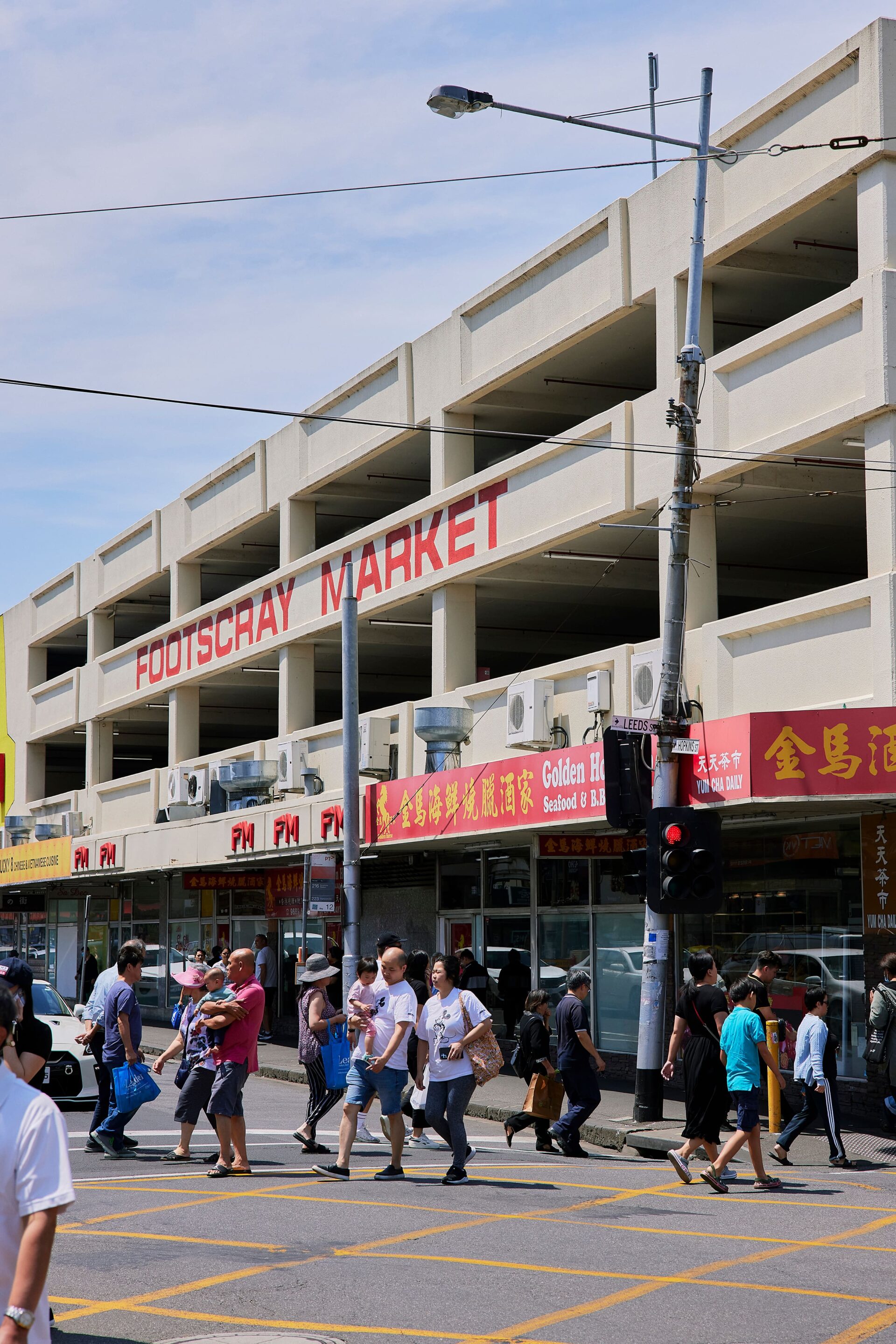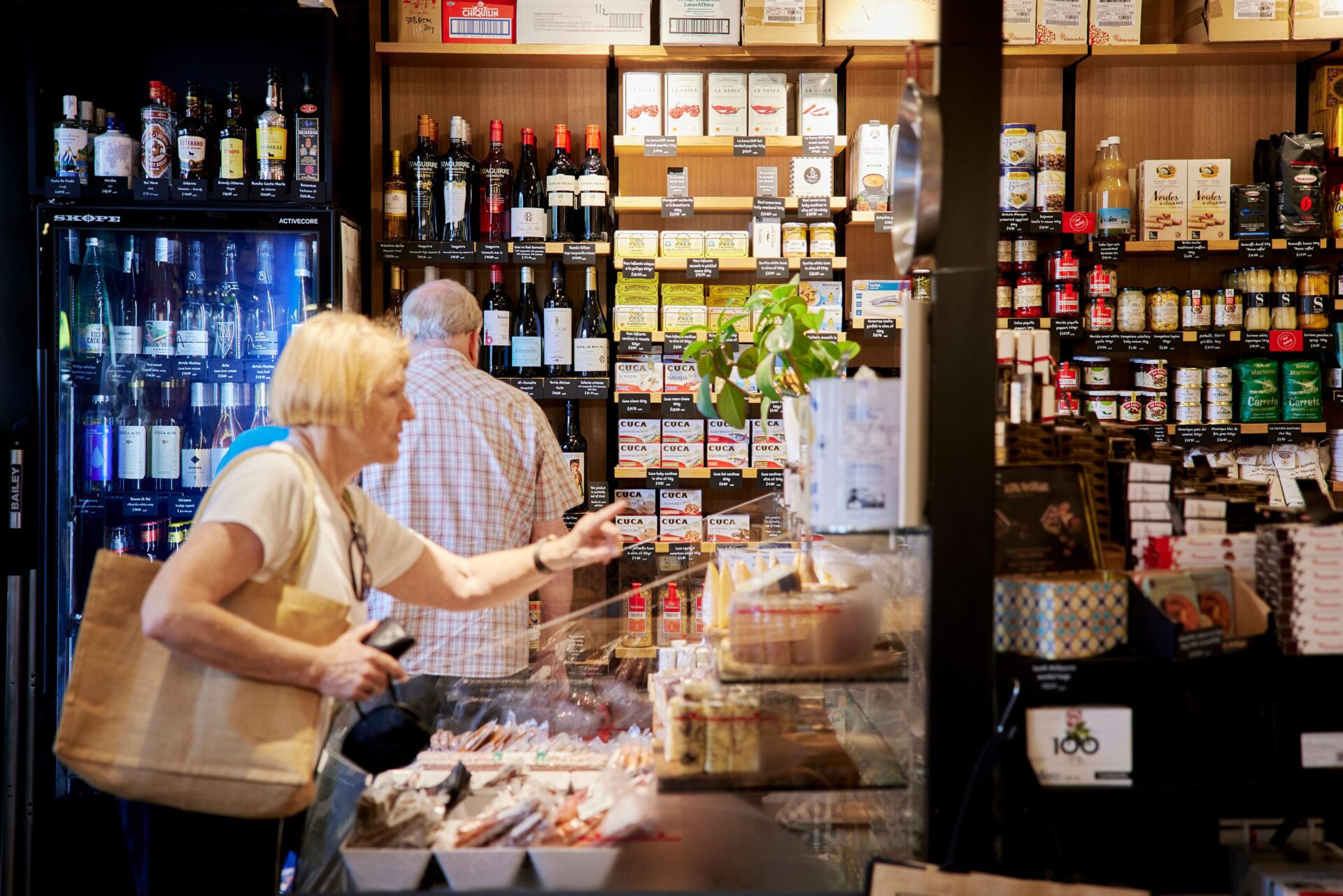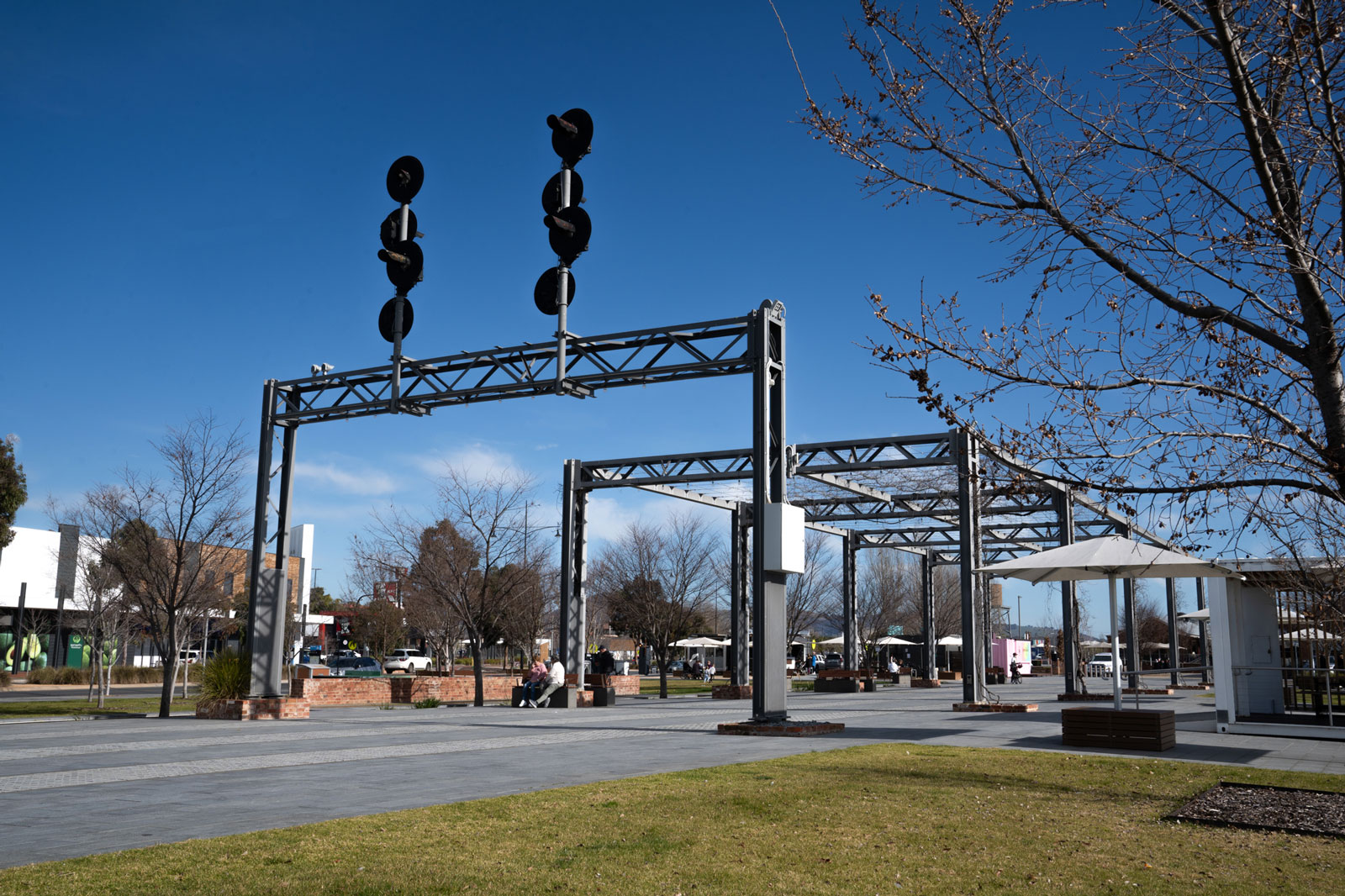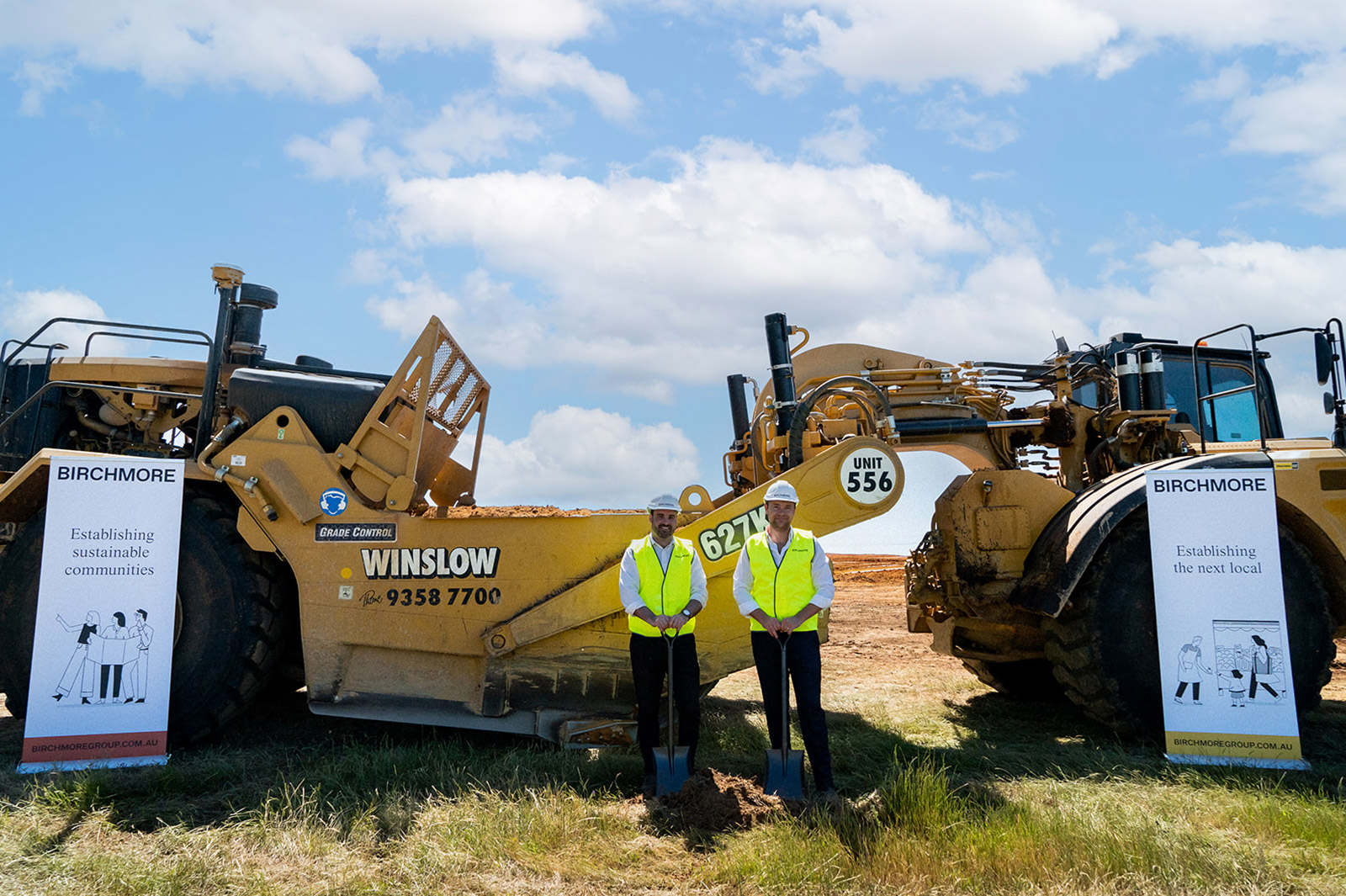Marketplaces have always played an important role in the history and development of cities.
Farmers have been selling their produce at informal and semi-formal marketplaces for centuries. What may surprise you is that the year 2020 saw the strongest ever sales in farmers’ markets across the United States. While this achievement was in large part due to the pandemic which saw a swing to outdoor gathering and a smaller circle of consumption, what it exposed was a reality of modern living – that people don’t seek out pure convenience, they are driven to social interaction and personal experience.

FOOTSCRAY MARKET
In Australia, markets of all varieties are thriving. From a weekly collection of marquees at a primary school to massive design fairs and twilight events, markets provide a social outing and direct connection for both people and producers.
In a survey of stallholders from markets across the UK, it was found that vendors were more interested in the human connection than the commercial opportunity, with one participant stating: “I want to be dealing with people directly and to be producing the food that people want, rather than just producing some commodity that gets shipped off somewhere and processed.”
In Italy, ‘going to the market’ isn’t a weekend chore, it’s a way of life – a celebration of culture, and part of a collective identity. They are seen as everyday events that are part of the cityscape and as gathering places rather than simply a retail hub. In many respects, the integration of public space (whether formal or informal) in marketplace design has been the greatest failing of post-war ‘town centre’ design, and the giving-up on social and characterful squares for parking spaces the ruin of marketplace design.
At Birchmore, we are fascinated by marketplaces and their role in establishing both a place and a sense of place. Our projects in Kinglake, Rockbank, and East Sunbury each seek to reinvent and re-establish the marketplace as a destination and point of origin. Within the dramatic hills and forests of Kinglake, we are seeking to create a community square that brings new life to a landscape destroyed by bushfire, and to once again connect people with the incredible produce and craft of this region.
In the wide-open plains of Melbourne’s north, our East Sunbury marketplace design seeks to create a shared identity and source of pride for a rapidly growing population. With few landmarks and a fragile ecosystem, sustainability plays a key role in developing a place where people can find comfort and belonging. Advanced rainwater harvesting, solar capture, and recycled materials will make this both distinctive architecturally, as well as a place that restores and enhances the local ecosystem.
Creating great marketplaces is essential to the planning, design, and shaping of sustainable cities and healthy communities. To understand what designs will best support the sustainability and vibrancy of a market we need to deeply engage with different stakeholders, with a shift towards designing with vendors beyond the supermarket anchor.
Our commitment to the Next Local means we are continuously exploring, reaching out to, and co-designing with artists, food and beverage operators, small business owners, and families to create unique businesses and to advance the idea of a modern marketplace for a more sustainable future.

















